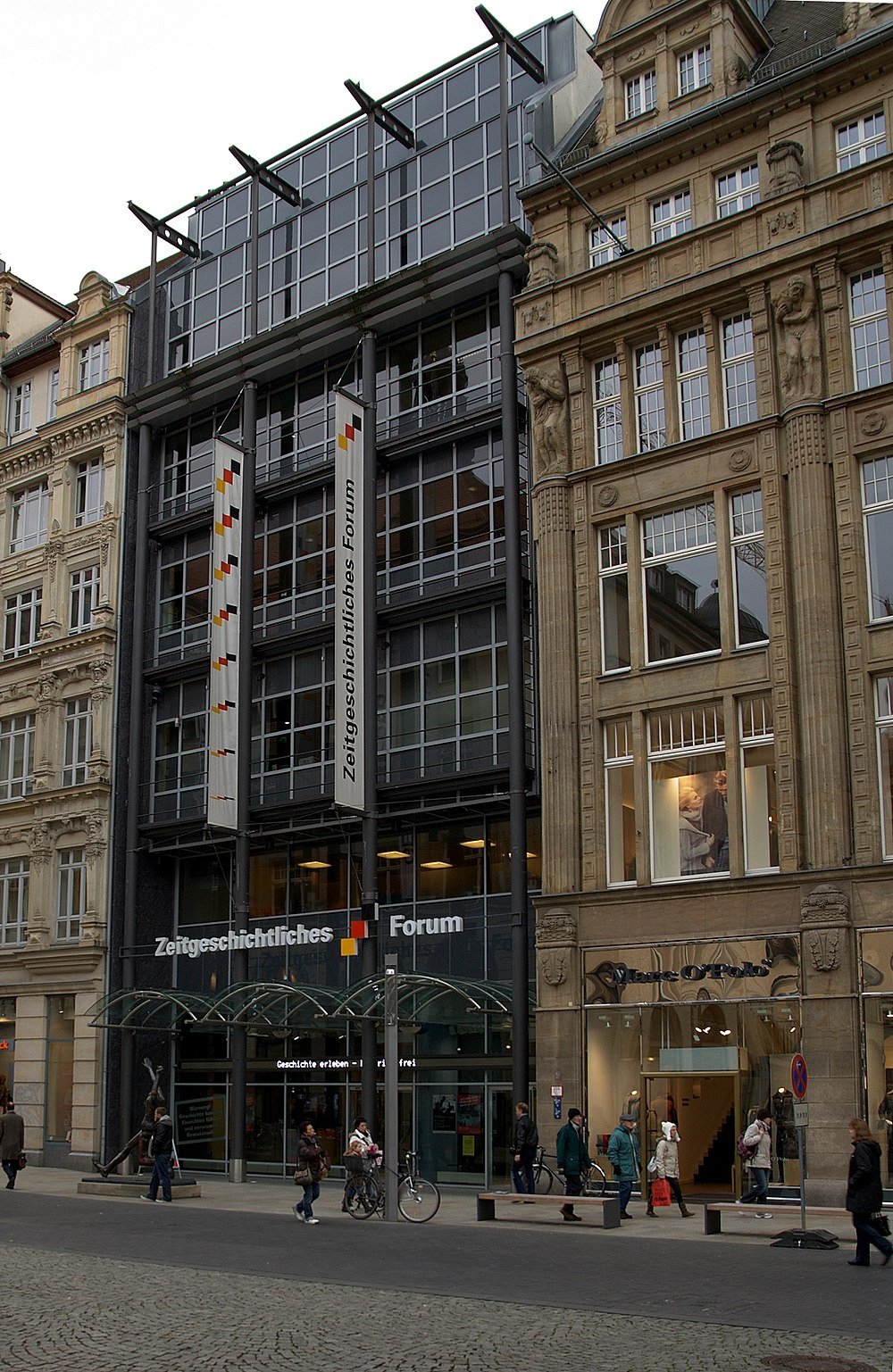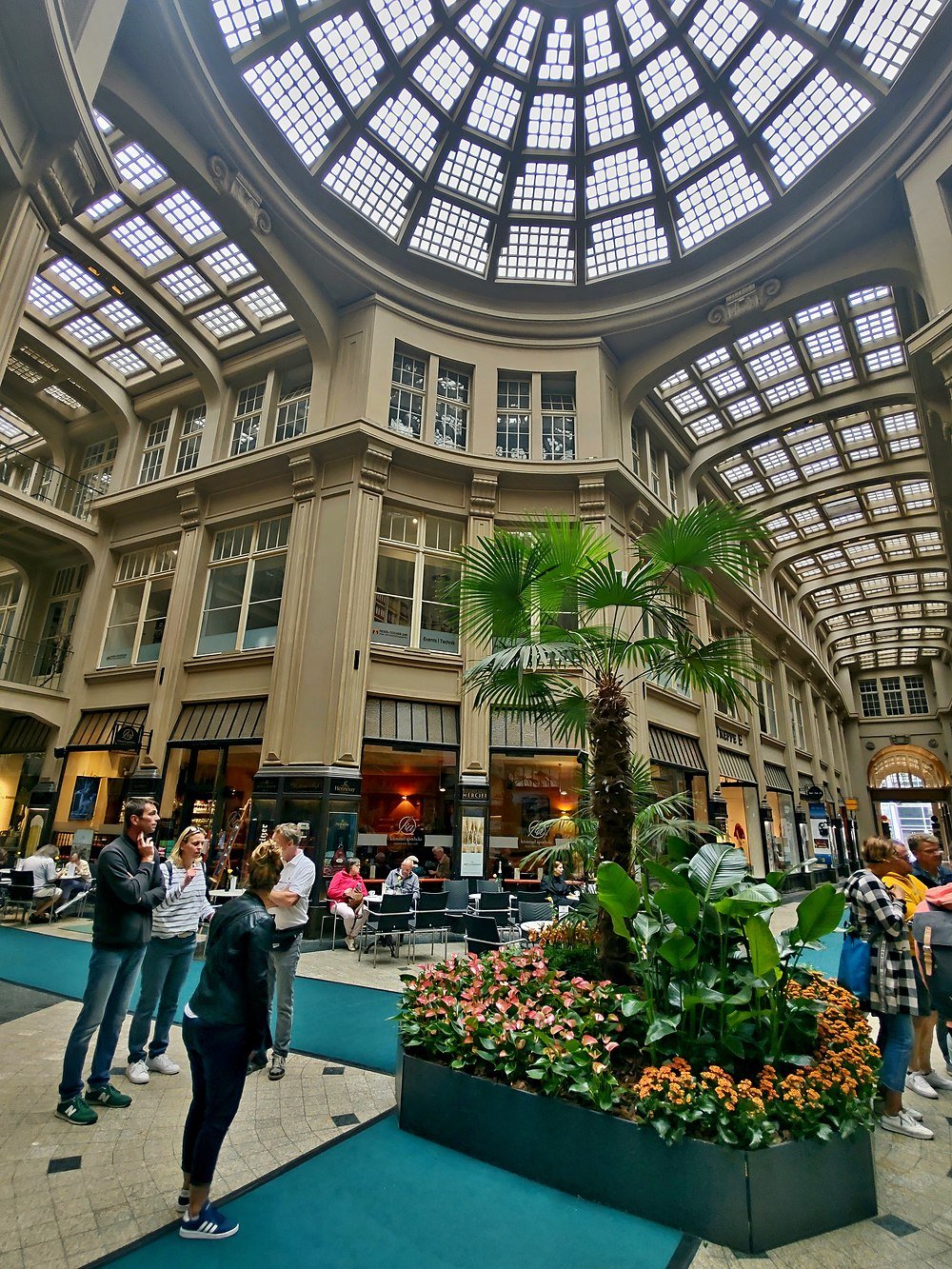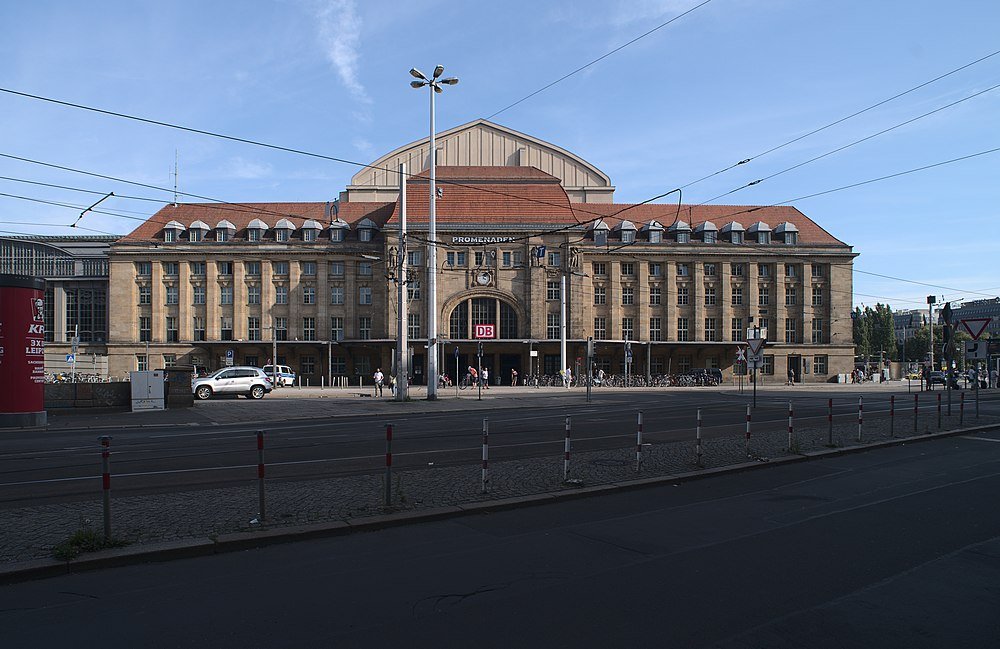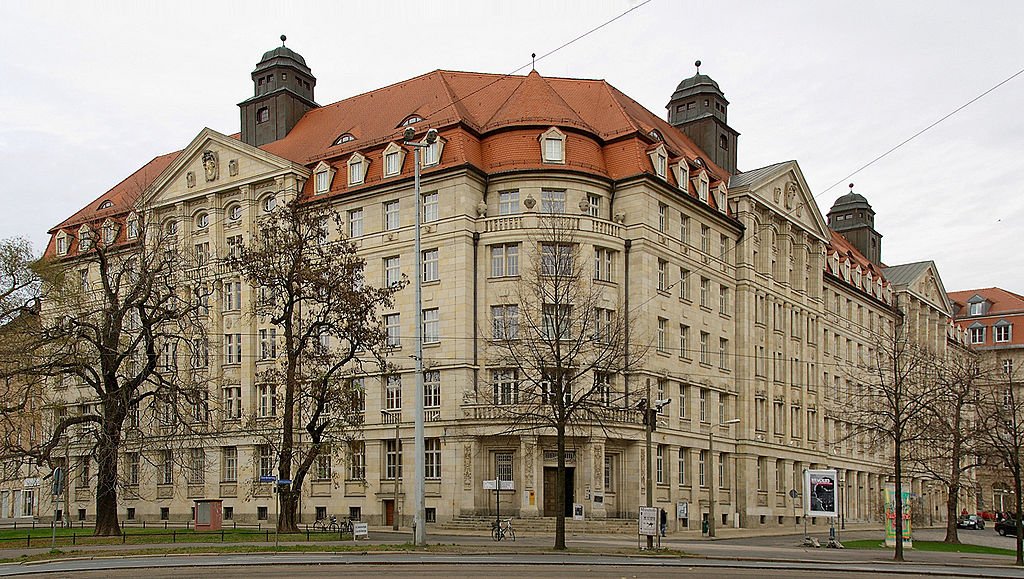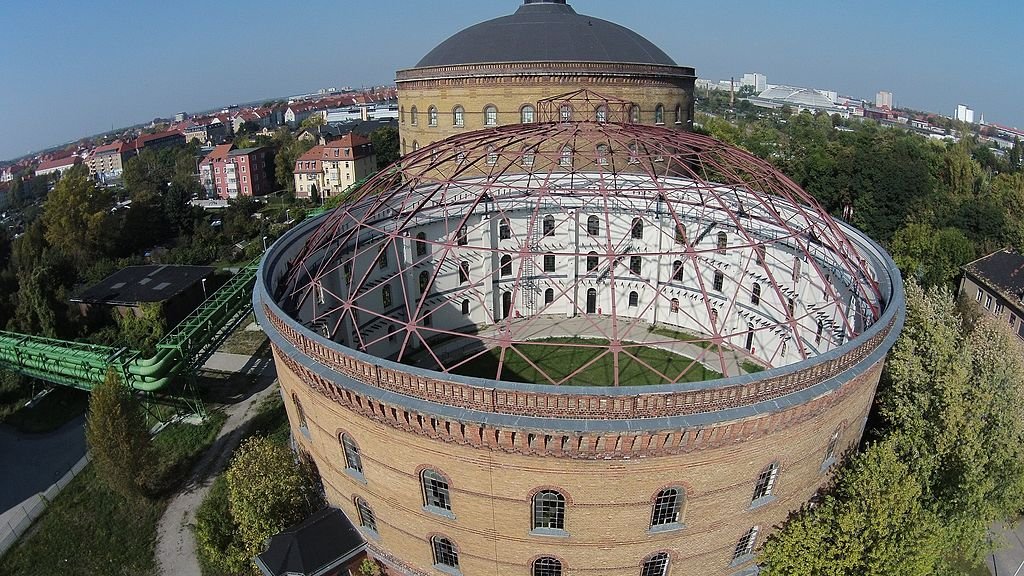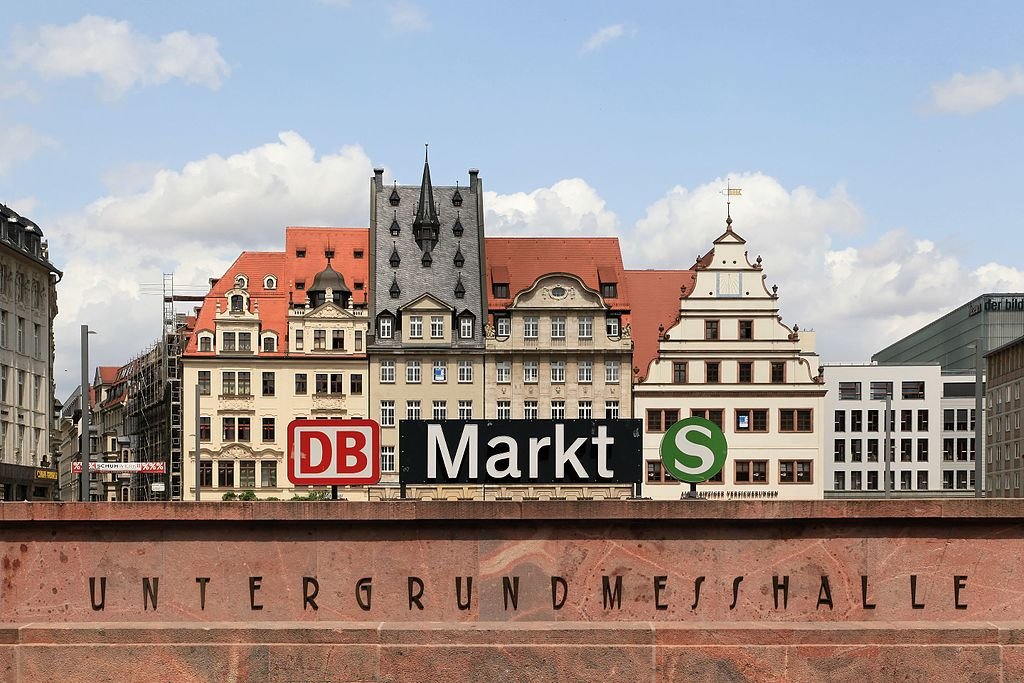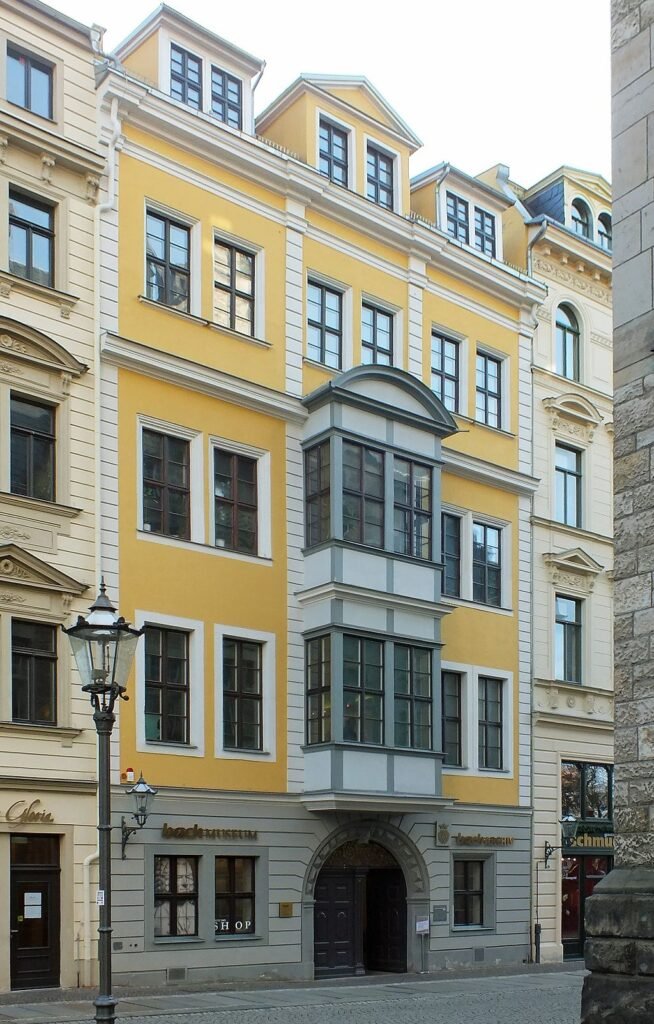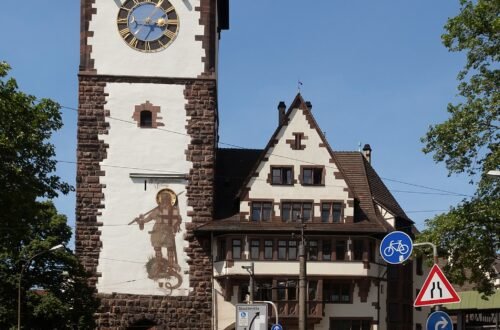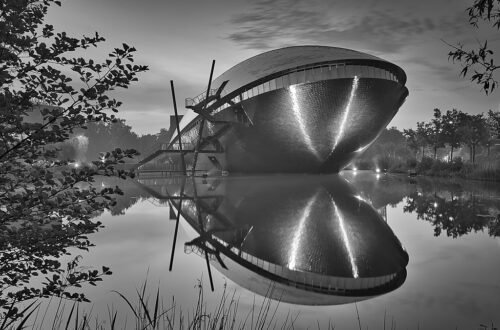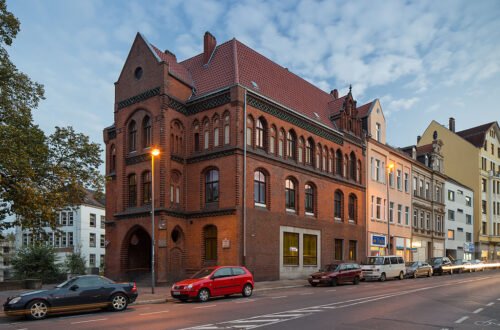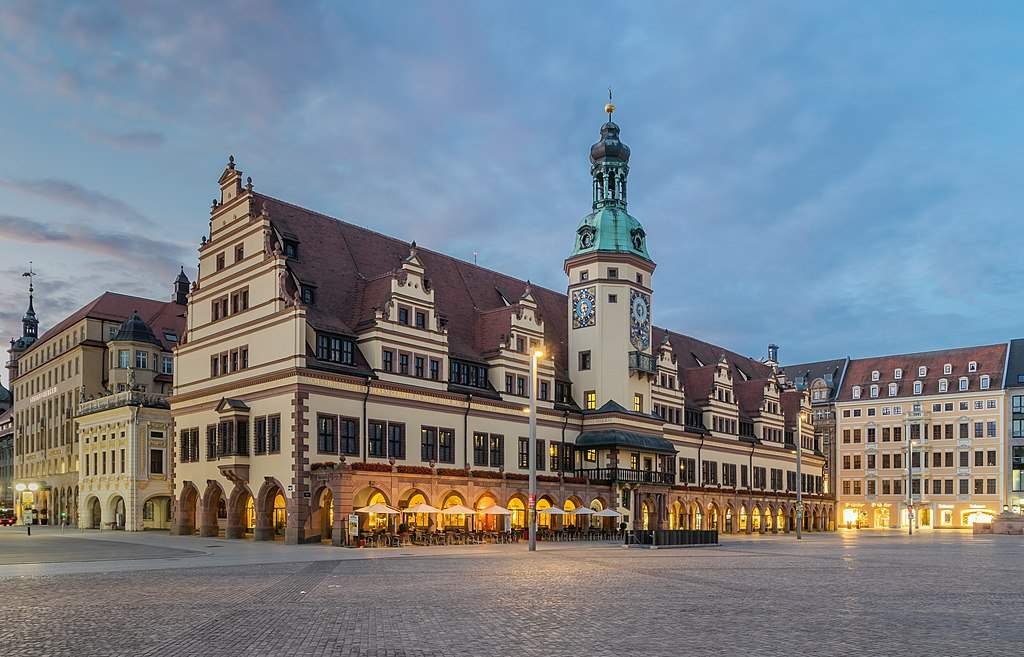
15 Best Things to See in Leipzig (Germany)
Leipzig, long a hub of commerce, culture, and scholarship, served as the epicenter of East Germany’s Peaceful Revolution in the 1980s. The Monday Demonstrations at St. Nicholas Church grew into a nonviolent protest movement that eventually brought down the GDR government. Johann Sebastian Bach and Felix Mendelssohn, two composers who lived in Leipzig long before that, each have attractive tourist attractions. In the eleventh century, the city was built where the Via Regia and the Via Imperii met. These were two important trade routes. During the Middle Ages of the Holy Roman Empire, it was only natural that Leipzig became known for its trade fairs that brought people from all over the world. At the Leipzig Messe, the show facilities to the north of the city, that custom is still practiced today. Let’s examine the top Leipzig attractions:
- Völkerschlachtdenkmal
- Zeitgeschichtliches Forum
- Mädlerpassage
- Leipzig Hauptbahnhof
- Mendelssohn-Haus
- St. Nicholas Church
- Leipzig Zoo
- Museum in der Runden Ecke
- Altes Rathaus
- Museum der Bildenden Künste
- Leipzig Panometer
- St. Thomas Church
- Grassi Museum
- Markt
- Bach-Museum
Völkerschlachtdenkmal
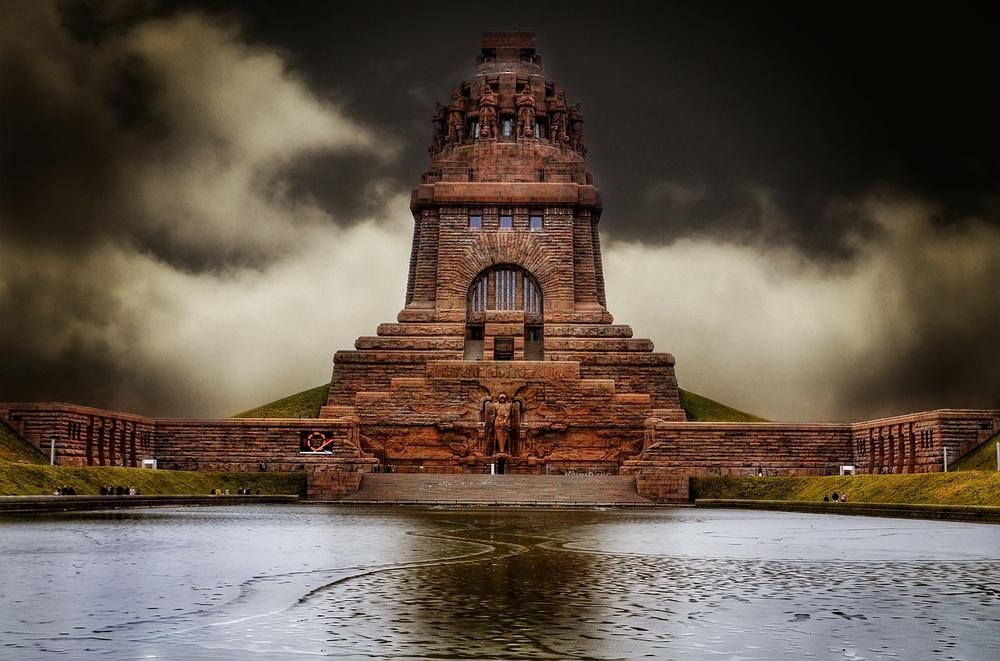
This memorial to the Battle of Leipzig is an enduring example of Wilhelmine architecture. In 1813, when armies from Sweden, Prussia, Russia, and Austria fought against each other, Napoleon lost one of his last battles. Leipzig was the largest battle up until the First World War, involving over 600,000 soldiers. The 91-meter-tall monument was unveiled in 1913 to mark the 100th anniversary of the battle. It is still one of the tallest military memorials in Europe. It features two stories and a granite-clad concrete frame. The first is a tomb decorated with eight statues of dead warriors and guarded by Totenwachter, which means “Guardians of the Dead.” On the upper floor, there are four statues that are each 9.5 meters tall. These statues represent the idealized German traits of faith, fertility, bravery, and sacrifice.
Zeitgeschichtliches Forum
From 1949 until reunification, East Germany was the sole focus of this museum. The ongoing display chronicles every aspect of life in the GDR under the oppressive rule of the SED (Socialist Unity Party). There are 3,200 exhibits, including first-person narratives, speech snippets, propaganda posters, the GDR national football team’s uniforms, communications technology, works of art, consumer goods, pictures, medals, and archival papers. The exhibition devotes a significant portion of its space to the civil bravery and resistance that preceded the Monday Demonstrations and the fall of the Berlin Wall. Additionally, there are educational exhibits devoted to post-unification life in the former East Germany.
Mädlerpassage
Between Grimmaische Straße and Neumarkt is a posh shopping area in the heart of Leipzig. The passageway was created in 1910 by leather producer Anton Mädler and constructed in a subtle historicist manner by architect Theodor Kösser. The size of the development is astounding once you enter from the street because it is four floors tall and more than 140 meters long. Within is an extension of the Auerbachskeller, a wine tavern that dates back to the 15th century and counted Goethe as one of its patrons in the 18th century. Up to 40 specialty stores, cafes, and restaurants are added to this, all in a lavish setting.
Leipzig Hauptbahnhof
If you’re wondering why Leipzig’s Hauptbahnhof is on the list, it’s because it’s not your normal railway station. First of all, with a facade that is about 300 meters long and an 8.3 acre floor space, it is the largest station in the world. The station doubles as a museum thanks to the five vintage locomotives that can be found on track 24, including a steam locomotive from the Second World War called the DRB Class 52 and a 1930s aerodynamic diesel locomotive called the DRG Class SVT 137. Also, under the beautiful brick arches, the station’s concourse has been turned into a three-story shopping mall with boutiques and high-street stores for the past 20 years.
Mendelssohn-Haus
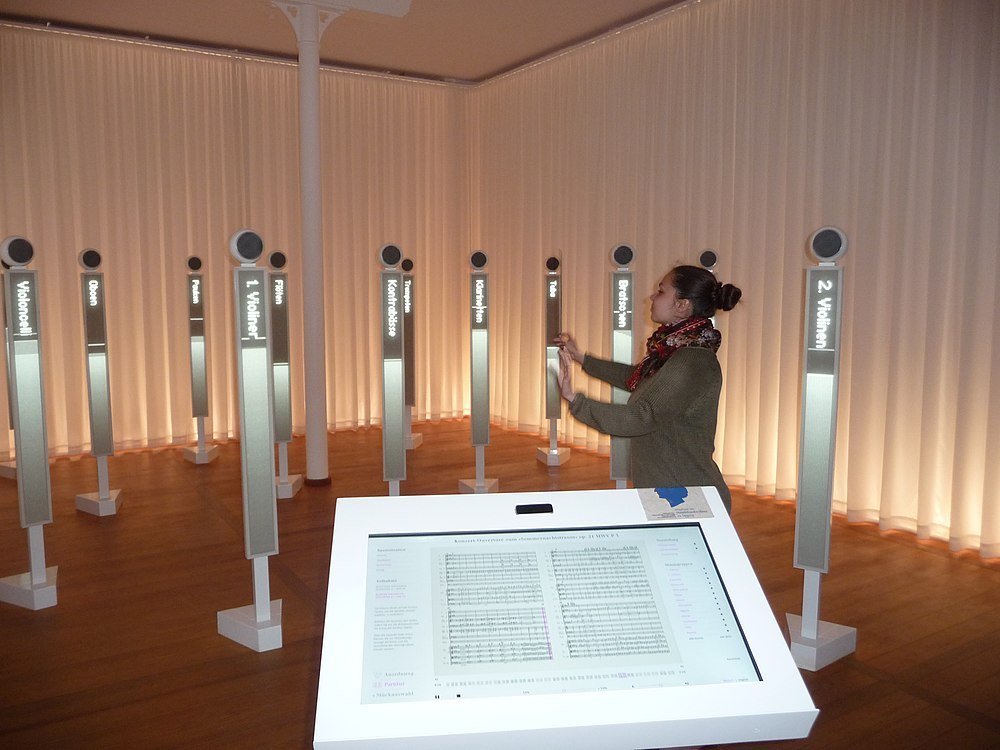
The only and only private apartment still standing that belonged to composer Felix Mendelssohn from the 19th century is located in a Neoclassical building on Goldschmidtstraße. Mendelssohn moved in with his family in 1845, lived here until his death in 1847, and the structure dates to 1844. On the 150th anniversary of his passing, the structure was converted into a museum dedicated to Mendelssohn’s life and creative output in 1997. Original furnishings, Mendelssohn’s watercolours, and handwritten correspondence are all on show. A new interactive display allows you to experience what it’s like to direct your own orchestra, and the museum had an overhaul in 2014. The coach house has been transformed into a chamber music venue, and the grounds are kept up as a historic garden.
St. Nicholas Church
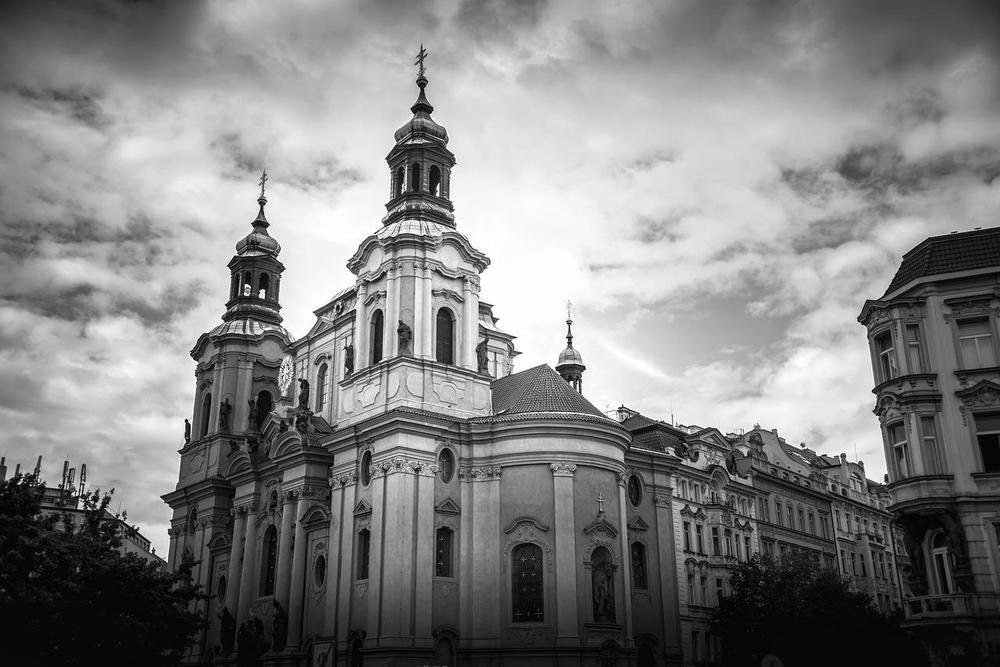
The Monday demonstrations, which eventually aided in the unification of Germany, took place in this Gothic and Baroque church. In 1989, Leipzig was the first significant city in the GDR to hold nonviolent anti-government protests. Leipzig had fewer Stasi agents present than Berlin, and foreigners frequently visited Leipzig for the Leipzig Messe (Trade Fair). St. Nicholas served as the site of the protests since the church supported the demonstrators by offering a prayer for peace every Monday since 1982. By October 16, 1989, the population had increased from a few hundred to 120,000 in a matter of a few short weeks. The movement gained pace, and, after the security forces declined to act, the Berlin Wall fell a month later. Bach premiered many of his works there, including the influential St. John Passion, 250 years ago.
Leipzig Zoo
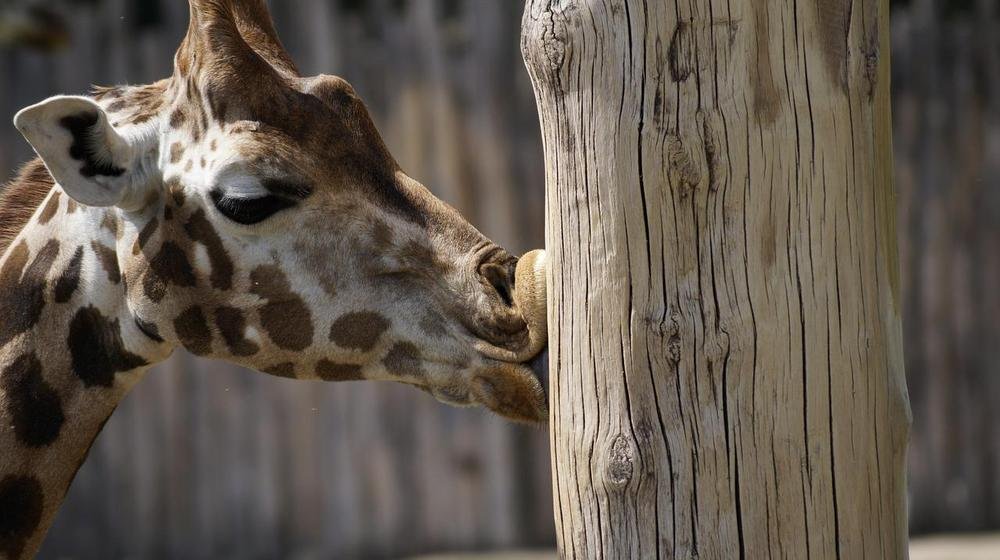
Since it was founded in 1878, the Leipzig Zoo is one of the oldest and most advanced in Germany. The attraction is credited with developing novel environmental ideas like the Gondwanaland biome. This 16,500-square-meter indoor space maintains a constant temperature of 25°C and a humidity level of 65 to 100 percent. The structure is home to a wide variety of tropical plants and creatures, including leaf-cutter ants, komodo dragons, gigantic otters, squirrel monkeys, and a variety of fish, turtles, and frogs. Pongoland, which opened in 2001, is another indoor space that houses gorillas, two chimpanzee groups, bonobos, and orangutans in a 30,000-square-meter habitat.
Museum in der Runden Ecke
Less than a month after the Berlin Wall came down, on December 4, protesters from the Monday movement invaded the Stasi offices in Leipzig. This action was one of the most important parts of the Peaceful Revolution because it was a symbolic blow to the SED government. Since 1989, a large portion of the building’s interior has been preserved, and the Stasi: Power and Banality exhibition explores the background and operations of the infamous state security service. There are several records, including confiscated communications, as well as letter-doctoring equipment, uniforms, shredders, and other surveillance tools, including cameras and listening devices.
Altes Rathaus
The 1556-founded arcaded old town is Leipzig’s most exquisite historical site. The Altes Rathaus is decorated with gables, mullioned windows, and a tower that is slightly skewed to the left. It is regarded as one of Germany’s most outstanding examples of Renaissance architecture. Numerous eateries can be found on the bottom floor beneath those arcades, and the building has housed the Leipzig City Museum since 1909. This tourist destination showcases the town hall’s interiors as well as historical tidbits from other parts of the city. In the imposing Festsaal are a complete historical model of Leipzig, the remains of the former dungeon of the city hall, decorations from the demolished St. John’s Church, and Roman artifacts. One of the first texts in German is a handwritten copy of the Sachsenspiegel, the legal manual and custody book of the Holy Roman Empire from the 13th century.
Museum der Bildenden Künste
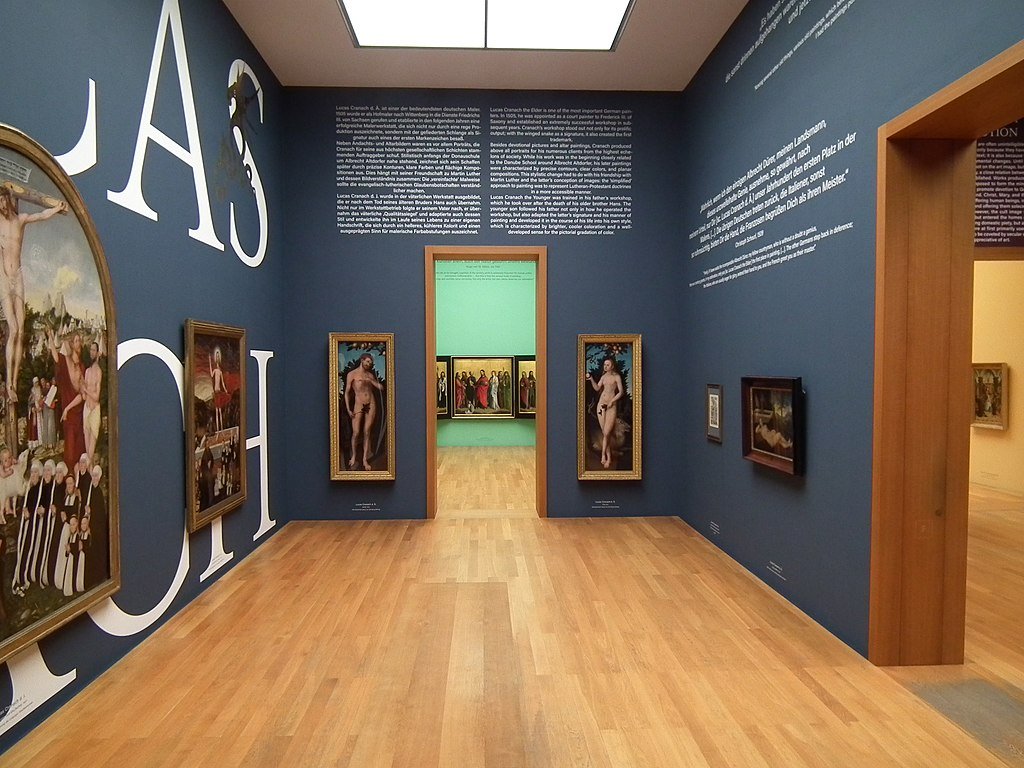
The Leipzig Museum of Fine Arts reopened in 2004 in a striking glass cube on Katharinenstraße in the heart of the city. The former structure had been destroyed in the battle, but the most priceless artwork had already been hidden. The collection of pieces by German Renaissance masters such as Lucas Cranach the Elder and Frans Hals is one of the museum’s strengths, which includes artwork from the Middle Ages to the Present. Caspar David Friedrich’s painting Stages of Life later became one of the most famous examples of the German Romantic movement. At the opening of the new building in 2004, the museum also got more than 40 19th-century French works of art, including pieces by Delacroix, Camille Corot, and Impressionists like Monet and Degas.
Leipzig Panometer
Austrian artist Yadegar Asisi made a beautiful landscape out of an old gasometer in the southern suburb of Connewitz. The gasometer, which is 50 meters high and 57 meters in diameter, was constructed of bricks in 1909. Panoramas by Asisi have been on display in this building since 2003, and they are usually changed every two to three years. The images are 105 meters in diameter and 30 meters high. As of 2017, when I am writing this essay, the topic is the Titanic. In the past, it has been the Battle of Leipzig, the Amazon, Ancient Rome, and Mount Everest. Each panorama is accompanied by a short exposition on the subject.
St. Thomas Church
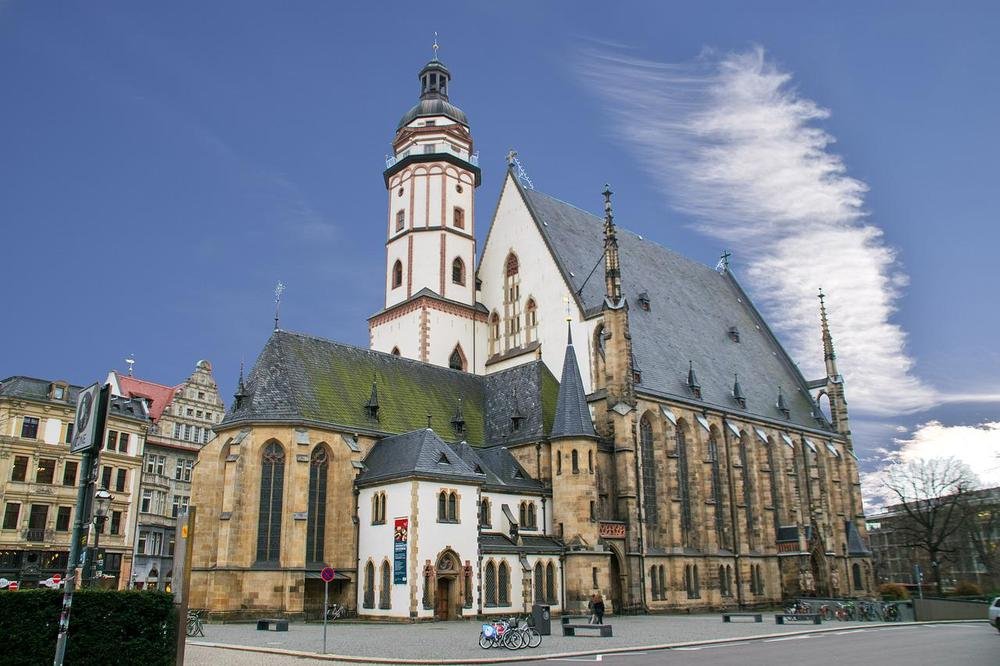
Johann Sebastian Bach served as this 13th-century Gothic church’s cantor between 1723 and 1750. Since 1950, it has also served as Bach’s final resting place. His ledger stone can be found on the choir floor, and there is a statue of him outside in front. You can visit to hear the St. Thomas choir, which continues to be among the most esteemed in the world, on Fridays, Saturdays, and Sundays. On Sundays, after the music, you can visit the Baroque tower, which was completed in 1702. In this church, Mozart played the organ almost 20 years earlier, in 1789, and Richard Wagner was also baptized there.
Grassi Museum
The Grassi Museum, which is three museums in one, is located on Johannisplatz and housed in a historically significant structure from the 1920s that combines Art Deco style with New Objectivity. There are many museums, including ones for musical instruments, ethnography, and possibly the Leipzig Museum of Applied Arts. If you have an eye for Art Deco design, head to the applied arts museum, where the Art Nouveau to the Present Day exhibits are filled with ceramics, glassware, and furniture from the 1920s and 1930s. In close proximity to Leipzig, there is also a Roman hall filled with artifacts found in Eythra. The ethnographic museum has more than 200,000 items from East Asia, Southeast Asia, South Asia, Oceania, Australia, Africa, the Americas, and Europe. The musical instruments museum has items from the 1500s to the 1900s.
Markt
The market square almost always has something going on when you visit Leipzig. This is where the bulk of the Christmas market is, with hundreds of stalls surrounding a 20-meter Saxon spruce. Aside from the Wave-Gothic-Treffen, which is the largest gothic festival in the world, there are monthly food markets, an Easter market, and side events like jousting in the plaza. The Old Town Hall and the 16th-century Alte Waag structure, which once held the city scales and served as the center of Leipzig’s trade fairs for centuries, are visible on the square’s west and south sides.
Bach-Museum
On the other side of St. Thomas Church is a museum about the life and work of Johann Sebastian Bach. Bach’s handwritten music pieces are kept in glass cases in the treasure chamber. This may be the most interesting exhibit. Since these documents are so important, they can only be on display for a short time before being put back in storage. Some of the musical instruments on display are a violone from his orchestra, an organ console that he played, and a viola d’amore made by his close friend Johann Christian Hoffmann. Bach’s genealogy reveals how many members of his family were musicians, whether they were court musicians, cantors, instrument makers, or organists.


